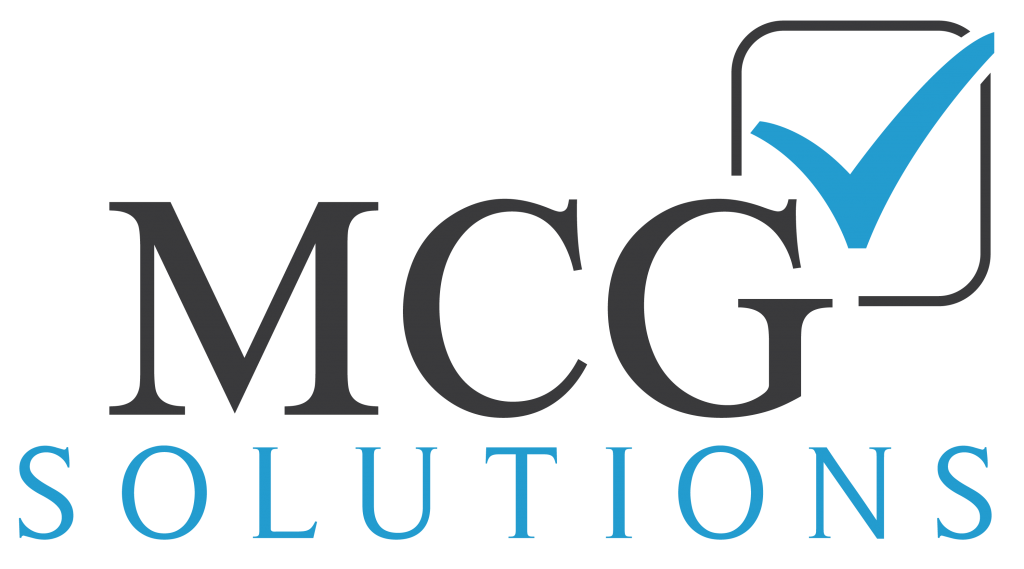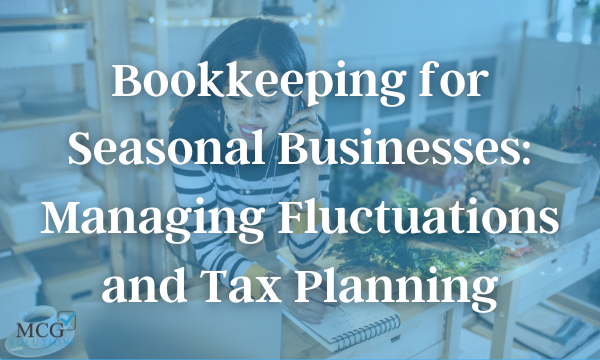As the seasons change, your business’s cash flow may fluctuate. Whether it’s a ski resort bustling in winter or a beachside café thriving in summer, seasonal businesses face unique challenges when it comes to bookkeeping and tax planning. Here are some strategies to help seasonal businesses effectively manage fluctuations in revenue while meeting their tax obligations.
Seasonal business bookkeeping practices
Seasonal businesses experience pronounced peaks and troughs in revenue throughout the year, which can pose challenges in cash flow management and financial stability. These fluctuations often result from factors such as weather patterns, holiday seasons, or tourist seasons. Understanding these dynamics is crucial for anticipating cash flow needs and planning accordingly. These bookkeeping practices can help:
- Track seasonal trends: Analyze your historical financial data to identify patterns and trends in revenue, expenses, and customer behavior across different seasons. This insight helps you adjust pricing strategies, staffing levels, and inventory management to align with seasonal demand.
- Budgeting and forecasting: After you have your financial data, use it to develop detailed budgets and cash flow forecasts that account for your typical seasonal fluctuations. This allows your company to anticipate peak periods, and then allocate resources strategically to cover expenses during slower months.
- Flexible expense management: Try using flexible expense management practices to scale up or down as needed during peak and off-peak seasons. Flexible expense management practices involve adjusting business expenses to align with fluctuations in revenue and operational needs. This may include negotiating flexible payment terms with suppliers, scaling up or down staffing levels based on demand, and prioritizing essential expenses while deferring non-urgent expenditures during slower periods.
Tax planning strategies for seasonal businesses
To stay on top of your taxes—and keep them as minimal as possible—try these strategies:
- Quarterly tax filings: Seasonal businesses may benefit from filing taxes quarterly rather than annually to better align with cash flow fluctuations. This allows for more accurate estimations of tax liabilities and avoids large lump-sum payments at the end of the year.
- Utilize tax deductions: Take advantage of tax deductions available to seasonal businesses, such as expenses related to seasonal marketing campaigns, equipment rentals, or temporary staff wages. Keep detailed records of deductible expenses—these will ensure you maximize your tax savings.
- Consider tax credits: Explore potential tax credits or incentives available for seasonal businesses, such as hiring credits or energy efficiency incentives. Research your state and federal programs to identify opportunities for tax savings, or ask your tax preparer for help.
Technology tips and tricks
Technology can also help you manage fluctuations and tax time. Consider investing in cloud-based accounting software, which streamlines bookkeeping processes and allows access to financial data from any location, at any time. These platforms offer automated invoicing, expense tracking, and real-time reporting features, significantly enhancing efficiency and accuracy. You can also integrate your accounting software with point-of-sale systems to automatically synchronize sales data, inventory levels, and customer transactions.
By using these tips, seasonal businesses can easily navigate business cycles, optimize your cash flow, and minimize your tax burdens during slow periods.
For professional guidance with your small business tax and bookkeeping needs, reach out to MCG Solutions today.

